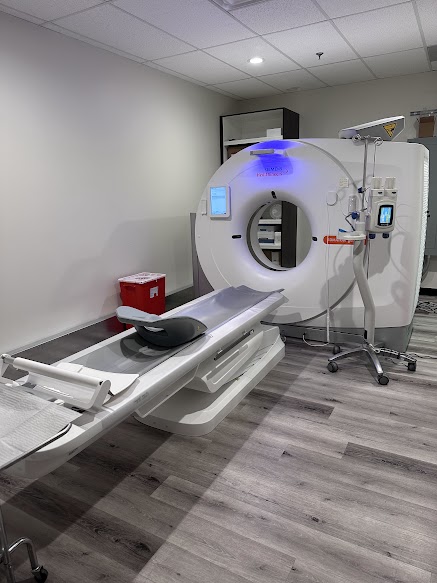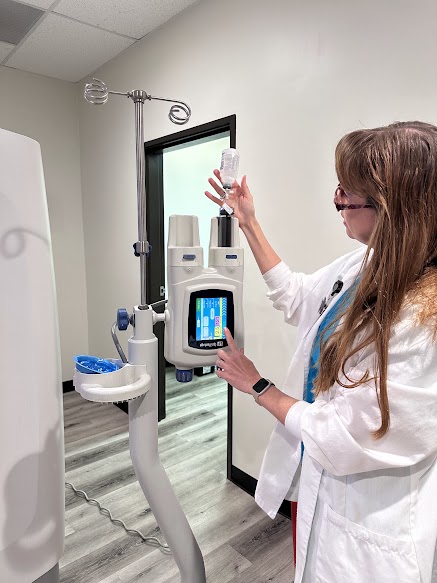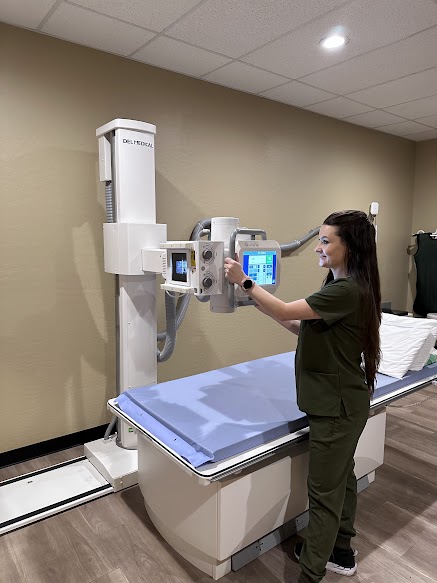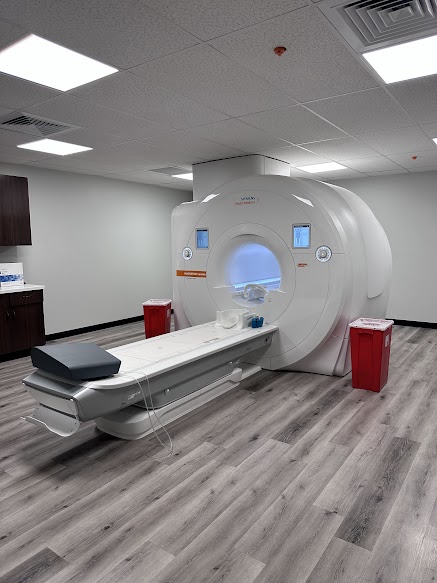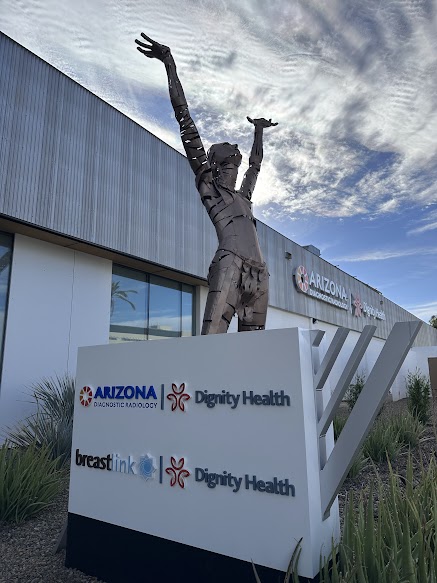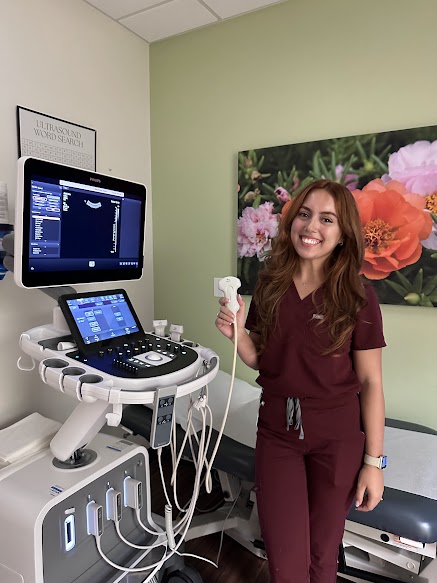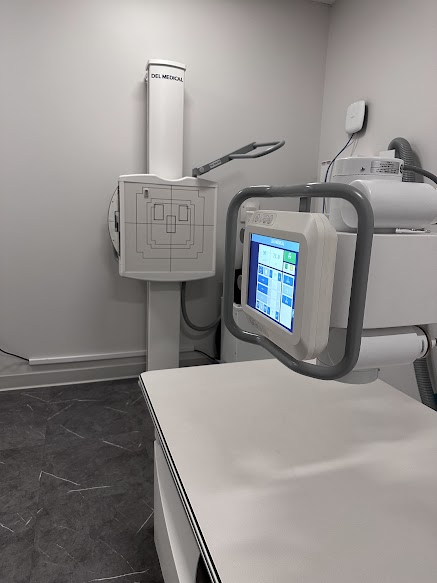
How Low-Dose Lung CT Works
During the exam, you’ll lie on a table that moves slowly through the CT scanner while images of your lungs are taken. You may be asked to hold your breath briefly to help produce clear pictures.
A low-dose CT lung cancer screening exam uses much less radiation than a standard CT while still providing high-resolution 3D images. These images help radiologists identify tiny nodules or abnormalities that may signal early signs of lung cancer, long before symptoms appear.
Why Low-Dose Lung CT Is Important
Lung cancer is the leading cause of cancer death in the U.S., largely because it’s often found at an advanced stage. Low-Dose Lung CT screening detects cancer early, when treatment options are more effective and survival rates are higher.
National studies show that screening can significantly reduce lung cancer deaths among people at higher risk. In addition to cancer, a low-dose CT can reveal other lung conditions such as emphysema or infection, giving your doctor valuable insight into your overall lung health.
The exam is fast, painless, and noninvasive, allowing you to return to normal activities immediately after your appointment.
Who Should Consider Screening
Low-Dose Lung CT screening is recommended for adults ages 50 to 80 who currently smoke or have quit within the past 15 years and have a 20 pack-year smoking history (for example, one pack per day for 20 years).
Screening is designed for people without symptoms of lung cancer. If you’re experiencing symptoms such as persistent coughing, chest pain, or unexplained weight loss, your doctor may recommend diagnostic imaging instead.
At Arizona Diagnostic Radiology, our team helps determine if you meet the screening criteria and coordinates your referral and insurance coverage.
Preparing for Your Scan
Preparation is simple:
- No fasting or special instructions are required.
- Continue taking your regular medications.
- Wear loose, comfortable clothing without metal.
During the scan, you’ll lie on a table that passes through the CT scanner while you briefly hold your breath. The process is quick and painless, and you can resume normal activities right afterward.
Your results are reviewed promptly by our fellowship-trained radiologists and sent to your healthcare provider to discuss next steps.
Risks and Considerations
Like any imaging exam, Low-Dose Lung CT involves some radiation exposure, though it’s much lower than a standard CT. There is also a small risk of false-positive results, where an abnormality appears but isn’t cancer.
These risks are minimal compared to the proven benefit: early detection that saves lives. Arizona Diagnostic Radiology follows national guidelines to ensure scans are performed safely and consistently, using the lowest possible radiation dose.
Insurance and Coverage
Most insurance plans, including Medicare, cover annual Low-Dose Lung CT screenings for patients who meet the recommended age and smoking history criteria. Some plans require a referral or a shared decision-making visit with your doctor.
Our staff can confirm your eligibility, verify coverage, and explain any costs before your appointment. Financial assistance may also be available for qualifying patients.
Accepted insurance plans include, but are not limited to:
- Aetna
- BlueCross Blue Shield
- Banner University
- Humana
A full list of accepted insurance can be found here.
If you’re searching for a Low-Dose Lung CT screening exam near you, Arizona Diagnostic Radiology offers convenient Phoenix-area locations equipped with advanced CT technology and experienced radiologists dedicated to patient care and safety.


